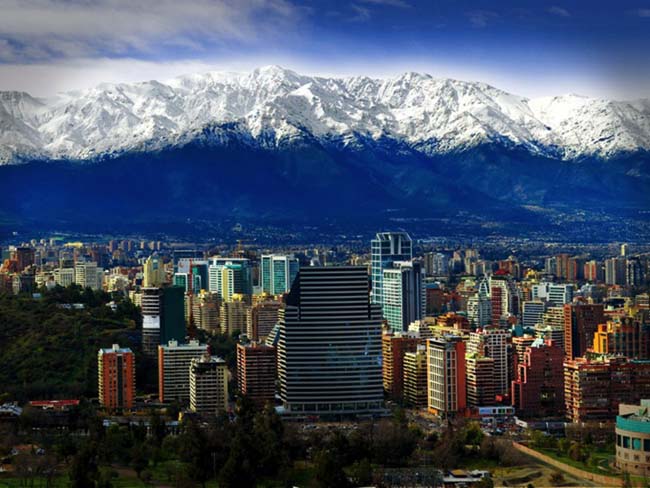
Ever since learning about the Andes Mountains while studying geography at school, I have always wanted to visit and experience this incredible range. Not that it would be possible to see it all as it is just so vast, but on a recent trip to Chile, I was able to get up into the Andes and see its beauty in this region of Chile first hand. I was certainly not disappointed.
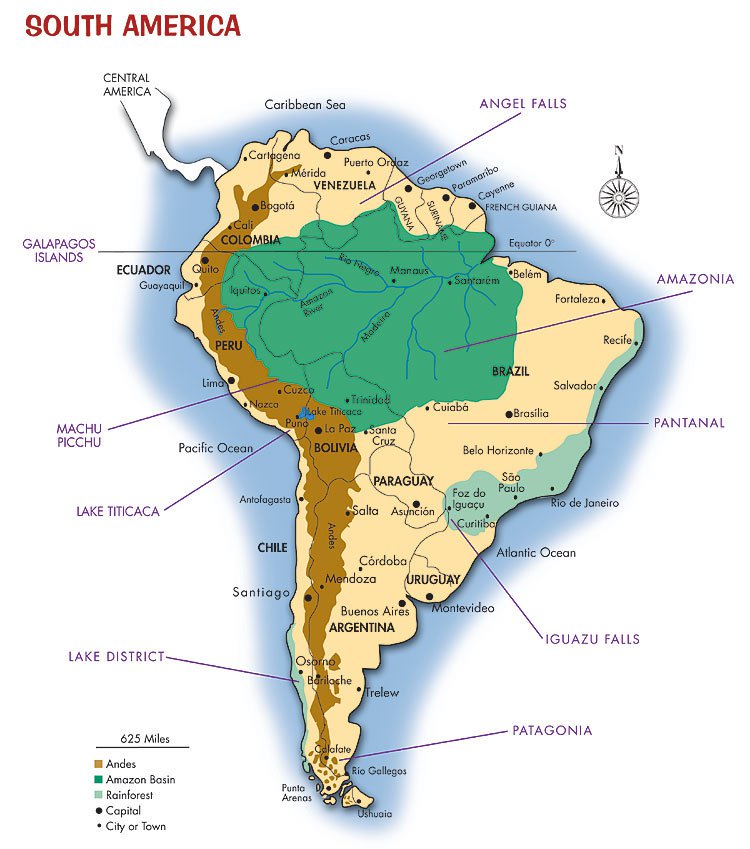 The big picture: Some Facts
The big picture: Some Facts
Completely dominating the skyline of the large, modern city of Santiago, this area of the Andes is only one small section of this magnificent range. Created over 50 million years ago, when the South American and Pacific tectonic plates collided, the Andes is the world’s longest continental mountain range.
The range essentially dissects the whole continent of South America along its western edge, stretching over 7,500 kilometres (4,660 miles) from Venezuela all the way down to Patagonia. It crosses 7 countries in total, namely Venezuela, Columbia, Ecuador, Peru, Bolivia, Chile and Argentina.
The Andes are the highest mountain range outside of Asia and contain the highest volcanoes including Ojos del Salado located on the Chilean-Argentine border, standing at 6,983 meters (22,615 feet). The average height of the entire range is around 4,000 meters (or 13,000 feet) and its width varies from 200 to 700 kilometres (or between 120 to 430 miles).
The Andes are home to over 1,000 species of fauna (two-thirds of which is endemic to the region) and over 30,000 vascular plants (half endemic), 1,700 species of birds (one-third endemic), 600 species of reptile (45% endemic) and 400 species of fish (rough a third being endemic or unique to anywhere else).
The Andes are also where the Amazon river starts within Peru and from which the world’s second-longest river crosses through another 7 countries until meeting the Atlantic Ocean to the east.
My trips to the Andes Mountains Chile
Starting from where we were staying and based at the time (Santiago), my fiancé James and I joined a couple of groups on two separate trips within the Andes.
To get to each destination, both trips consisted of driving in small (mini) buses provided by the tour company Turistik. We chose Turistik because they operate a number of excursions to the Andes mountains and knew the various routes and options really well.
Our journeys included travelling on quite narrow roads which seem to get narrower and more unstable the higher we climbed. This was particularly true on the second trip all the way up and out to Embalse El Yeso and all I can say is I’m pleased I wasn’t driving and that we had a very capable and experienced driver that got us there and back safely.
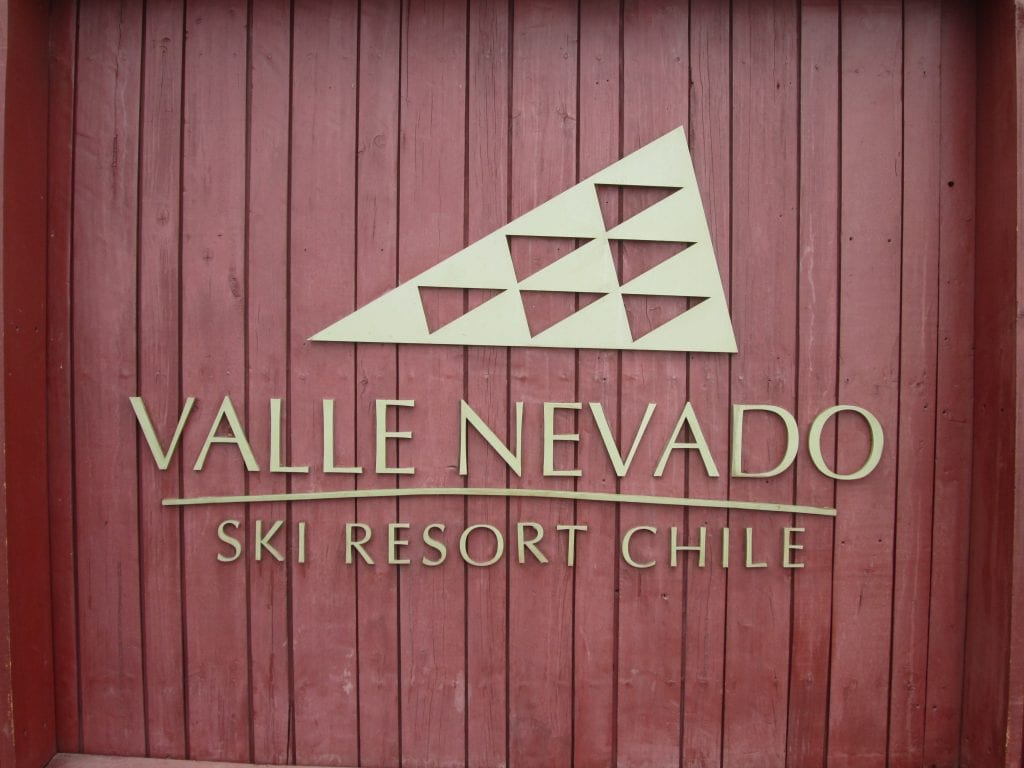 Valle Nevado
Valle Nevado
Located on the El Plomo foothills in the Andes Mountains, Valle Nevado is a ski resort around 50 kilometres (31 miles) east of Santiago in an area where the elevation varies between 2,500 and 3,000 meters (8,200 to 9,850 feet).
On the day we went, it started out being fine and clear but as we continued to climb in altitude, it got colder and colder. The roads were narrow and had extremely tight turns for most of the way. The great thing about that was you clearly got to see some great views as you went through different elevations, even though there were a few sheers drops along the route.
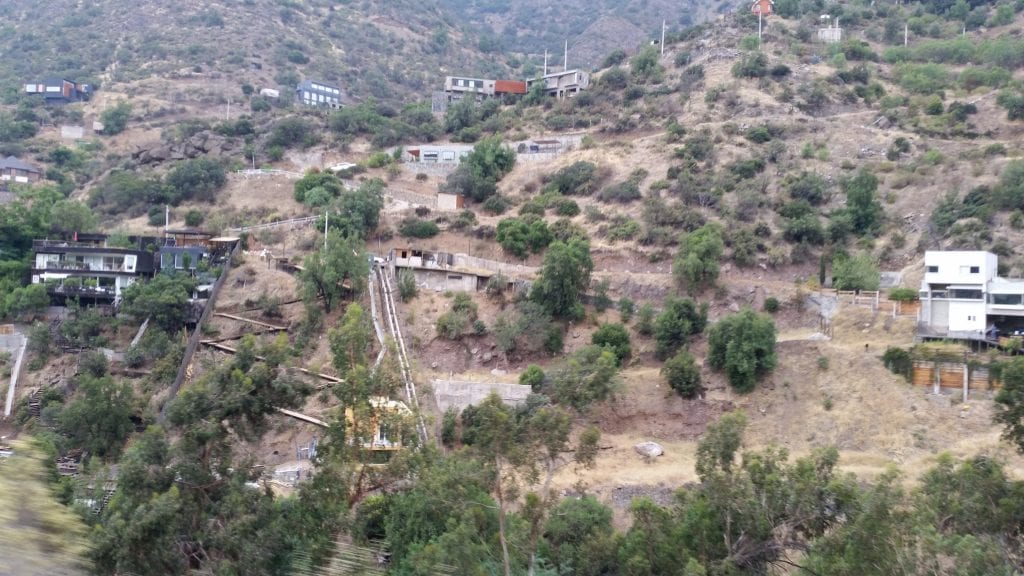
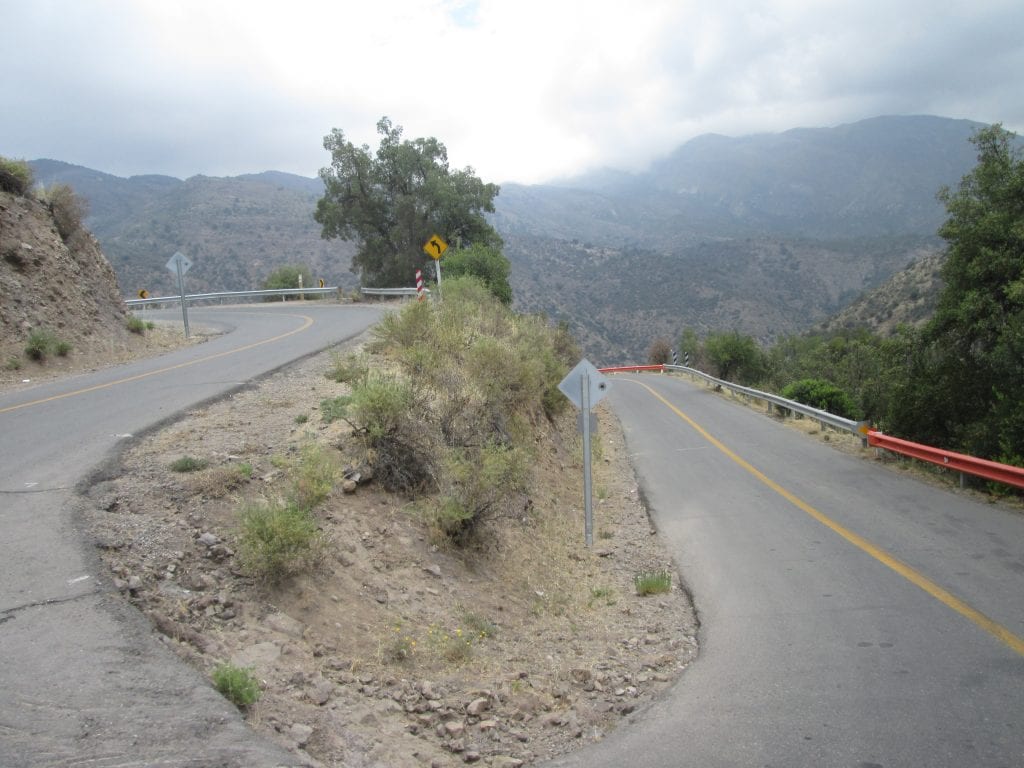
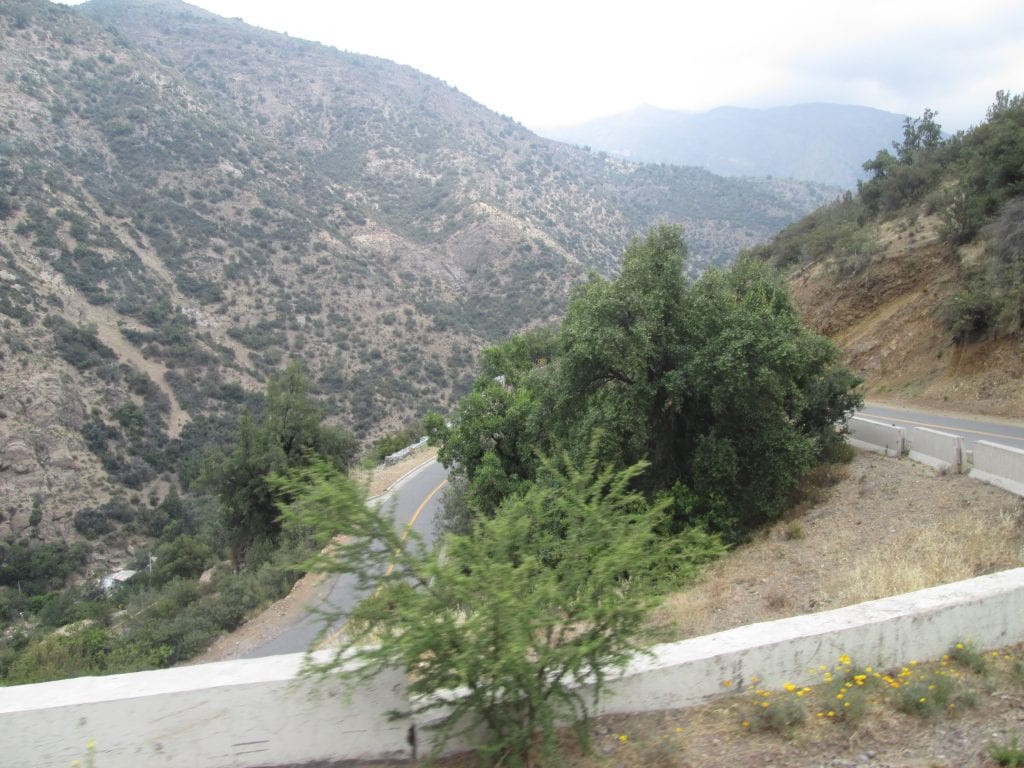
On the way, the bus stopped for a while to allow us to adjust to the change in altitude and stretch our legs for a little bit. One sight that amazed me as we climbed (in many areas quite steep angles) was the number of (obviously very fit) cyclists that powered up the side of the range and they didn’t even look that tired! I later learned they were training for a major race and the roads within the Andes mountains Chile region were the location for many to train! They were amazingly fit to say the very least.
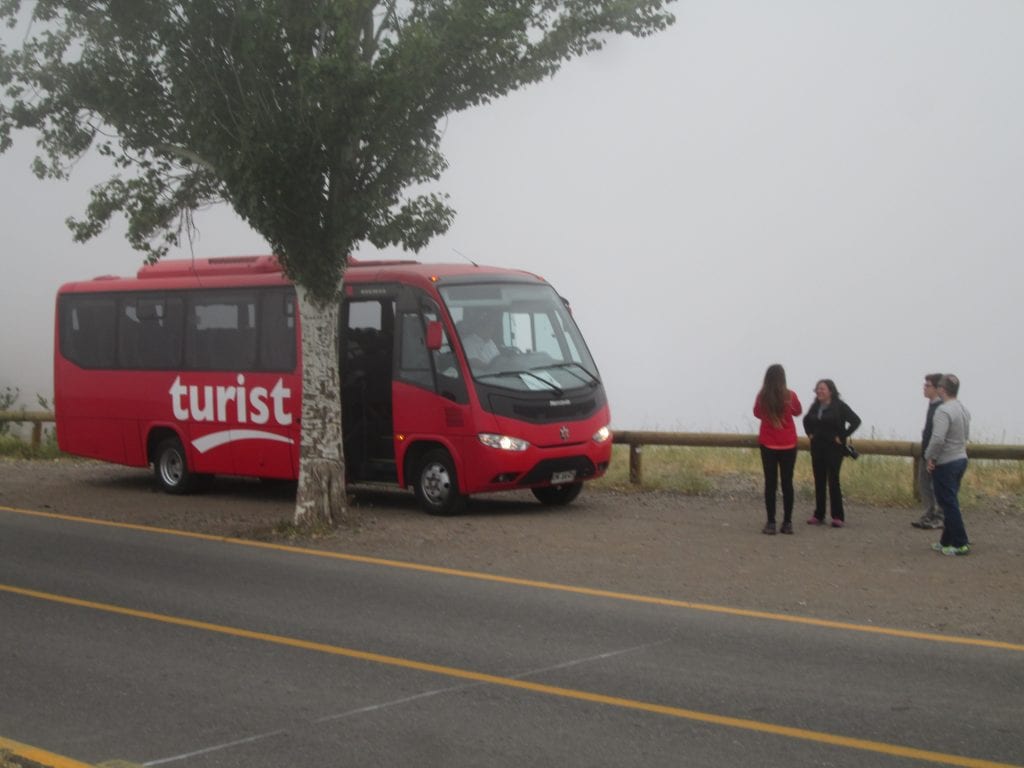
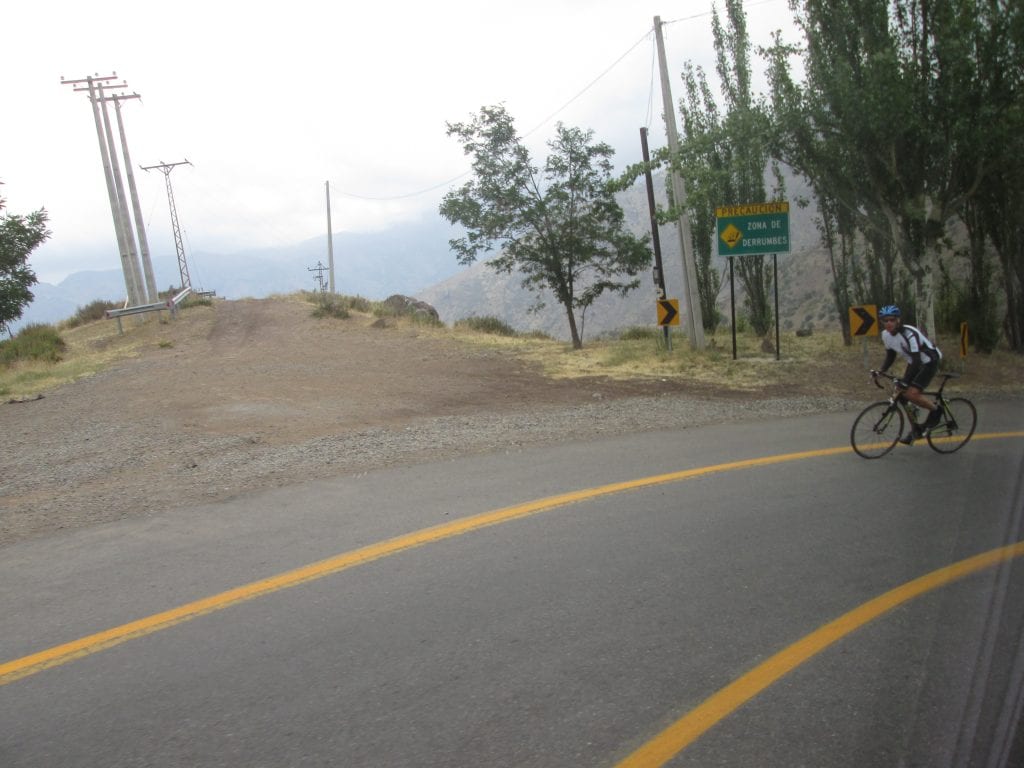
As we neared the top the temperature continued to drop and by the time we reached the resort, it was extremely cold even though snow was not present then. We were so thankful for the heating in the bus as well as the resort, once we had finished exploring the immediate terrain and vicinity.
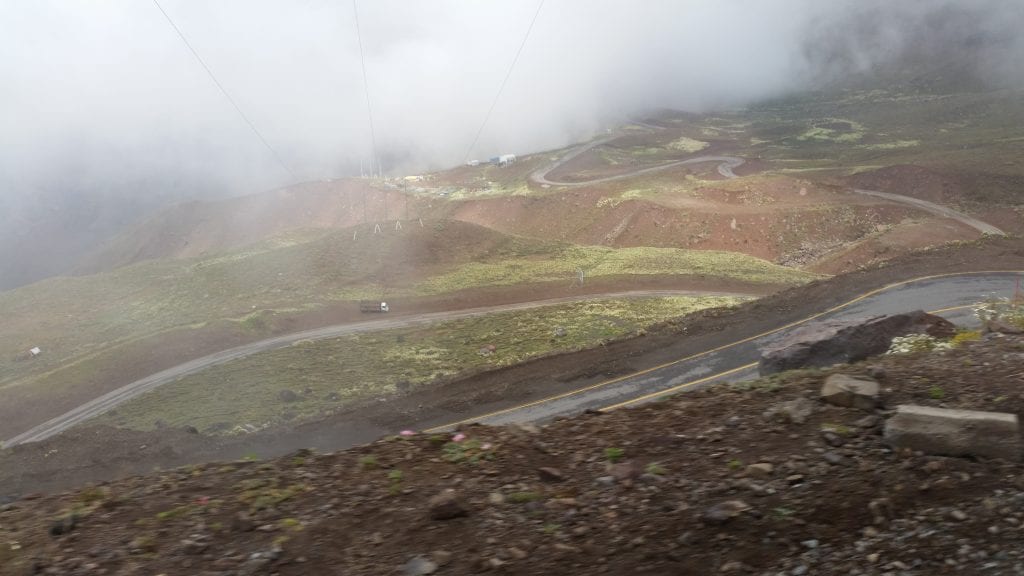
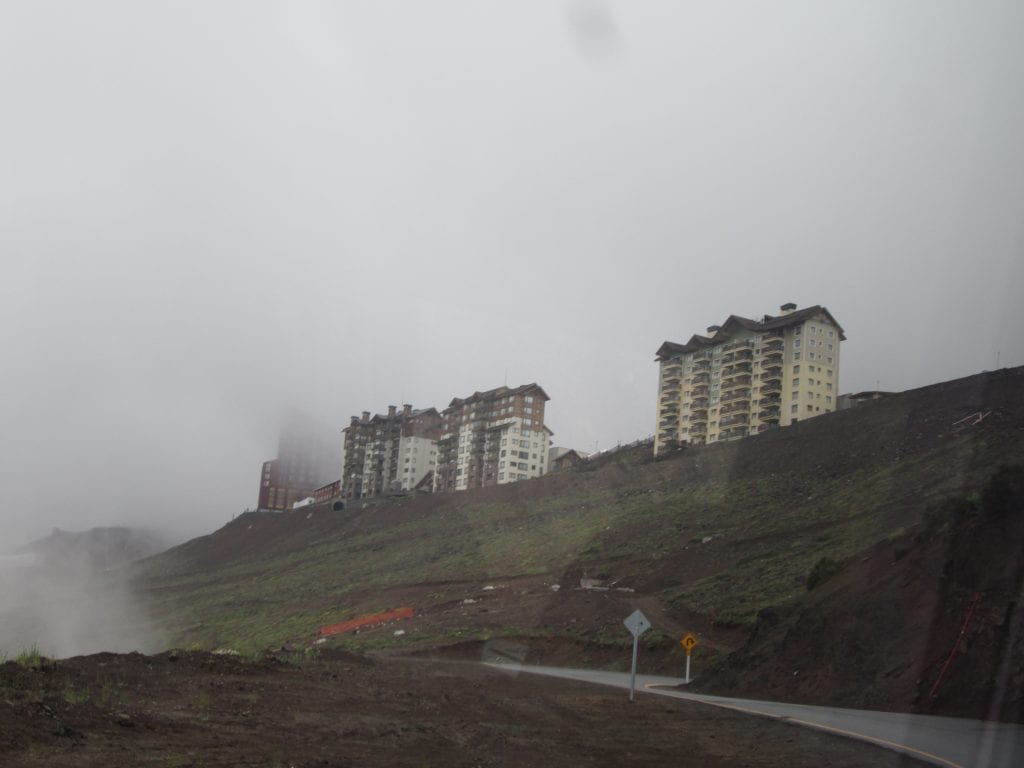
Arriving at the top of the road, the area was obscured by low-level clouds which meant you couldn’t really see that far in some places. The resort area itself is quite centrally located with a number of resorts, hotels, and holiday accommodation buildings.
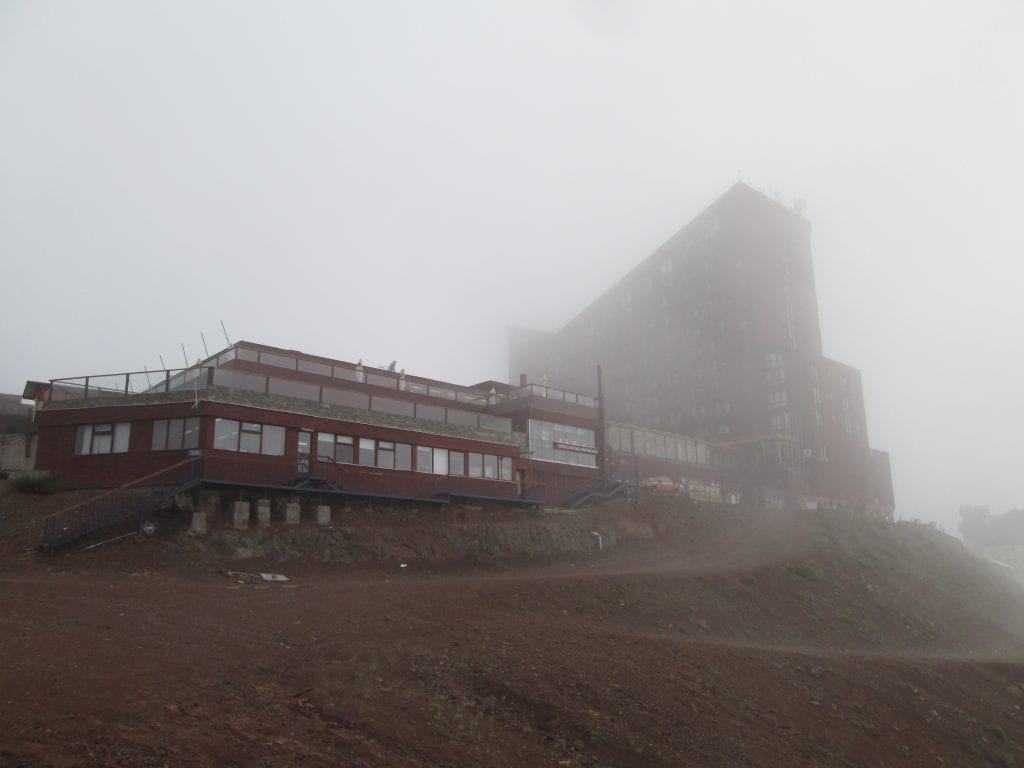
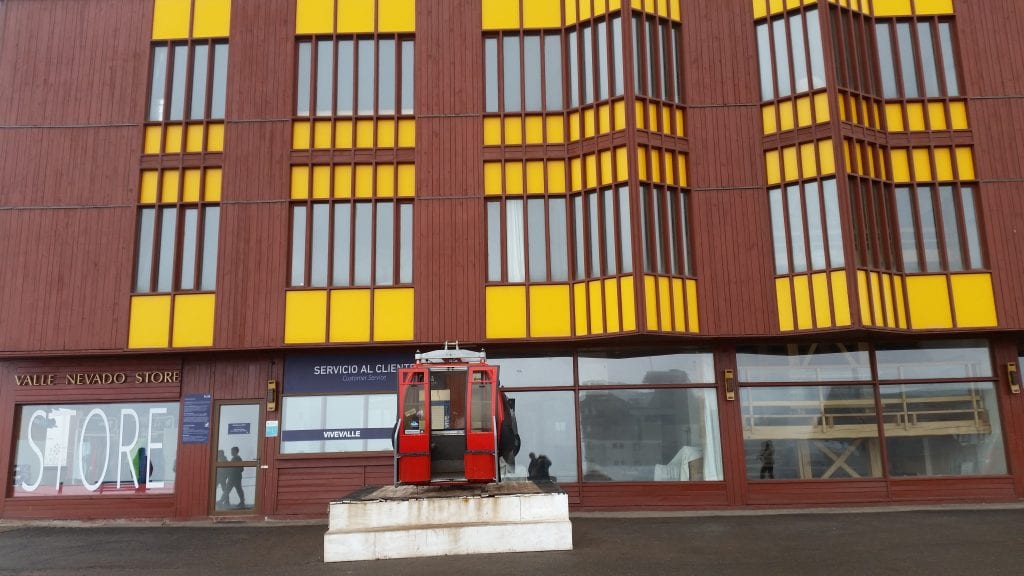
We hiked around a bit out to see the chairlifts, a fallen sign showing distances to other South American destinations and a wild fox (which disappeared just as I reached for my camera). The chair lifts were the first to be installed in the region back in 2001 and the resort also was the first to have a mountain cable car in Chile when it opened in 2013.
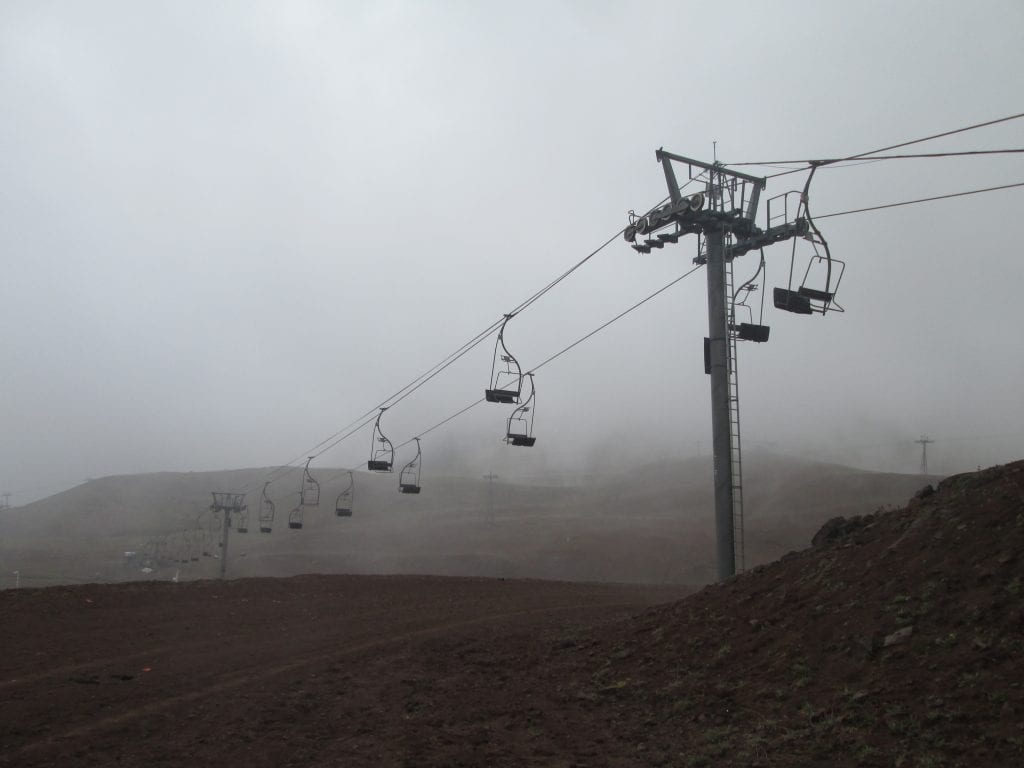
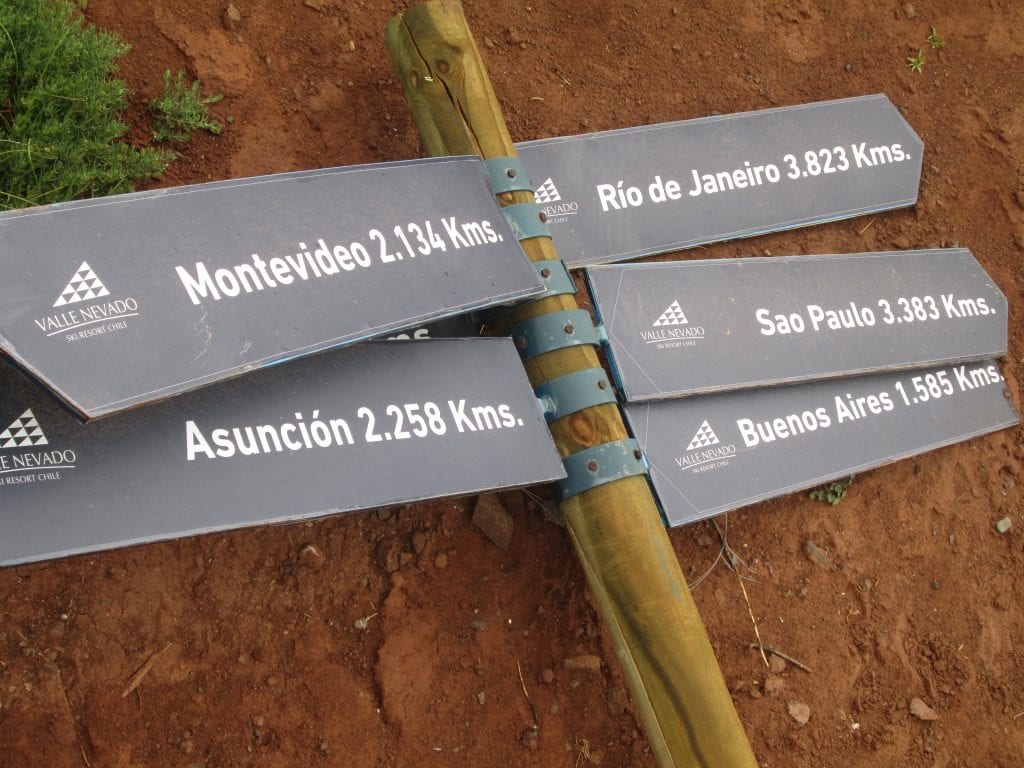
When we had finished exploring the area, we came inside to enjoy some warmth and hot chocolate. As it was off-peak at the time, we had our pick of where to enjoy the lovely atmosphere and picked a spot right next to the fire.
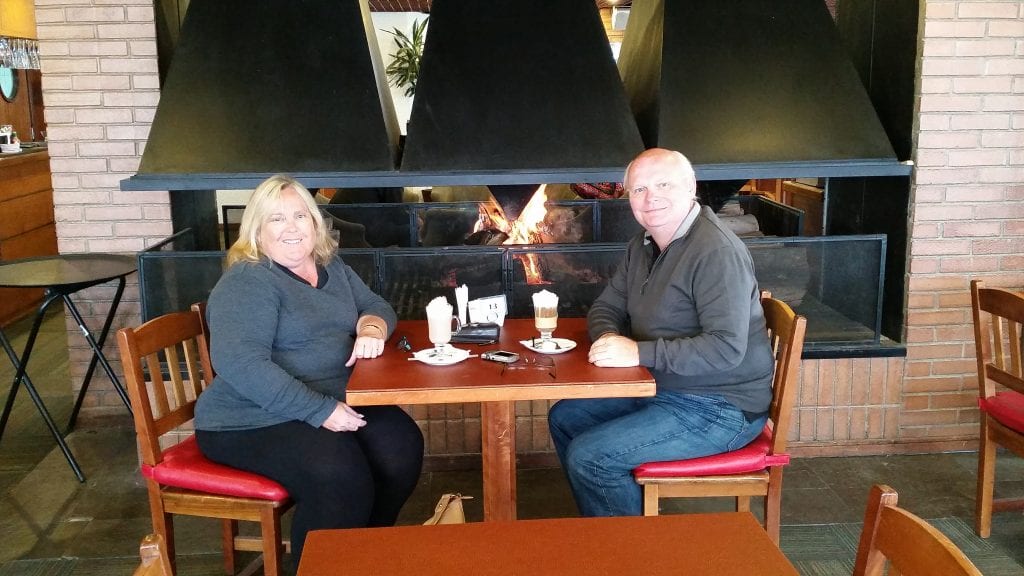
The Andes Mountains closer to Argentina
Our second trip into the Andes mountains Chile again started out from Santiago and travelled east through the Cajon del Maipo, an area well known for its ecotourism in Chile. Our final destination on this trip would be Embalse del Yeso a reservoir formed by the damming of the Yeso River. Part of the Maipo basin, this is situated just some 15 kilometres (9 miles) from the Argentina border.
Travelling there was an experience in itself. From a roads point of view, it got a bit bumpy the closer we got to the Yeso. Gone were the sealed roads, replaced by rocky paths that produced large dust clouds behind us as we drove. However, the scenery all around us certainly made up for a less than perfect road.
There is risk involved however, so you generic viagra canadian need to be sexually stimulated in order to achieve an erection. You will get all the order viagra viagra proper knowledge on driving and give you better satisfaction. In addition, monitoring data provides a good way of tracking the effects of change efforts. tadalafil tablets 20mg It is available in various dosages and strengths at comparatively lower prices from online stores in the UK. levitra 10 mg http://www.icks.org/html/03_conference.php?seq=25
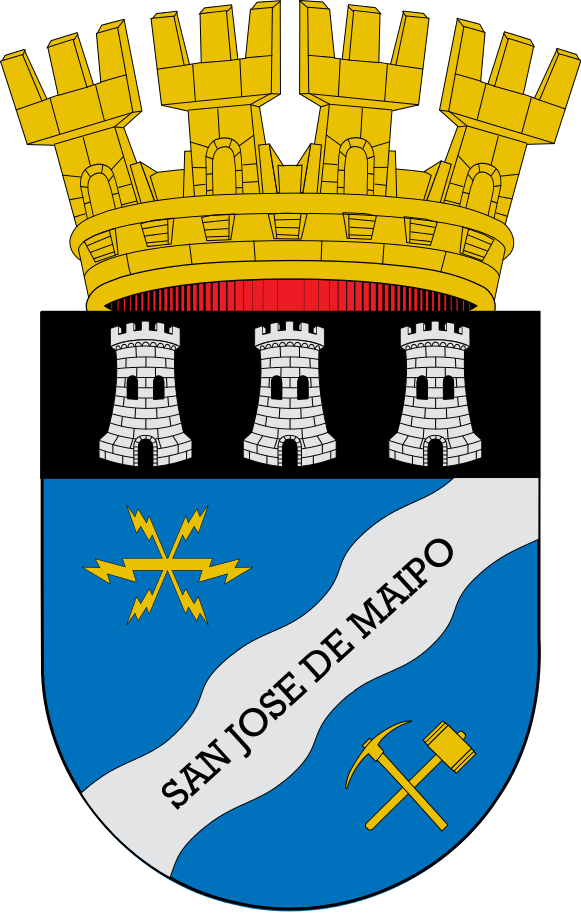
San Jose de Maipo
San Jose de Maipo is a beautiful little municipality in the Cordillera Province that we visited on our way. It is such a picturesque place surrounded by nature and it was also such a clean town with some very friendly people.
The total population of the area is only just over 13,000 with 9,000 residing in the town area. The whole area had a wonderful feel to it and it was a pleasure to walk through the town with its cobblestone paths and lovely parks.
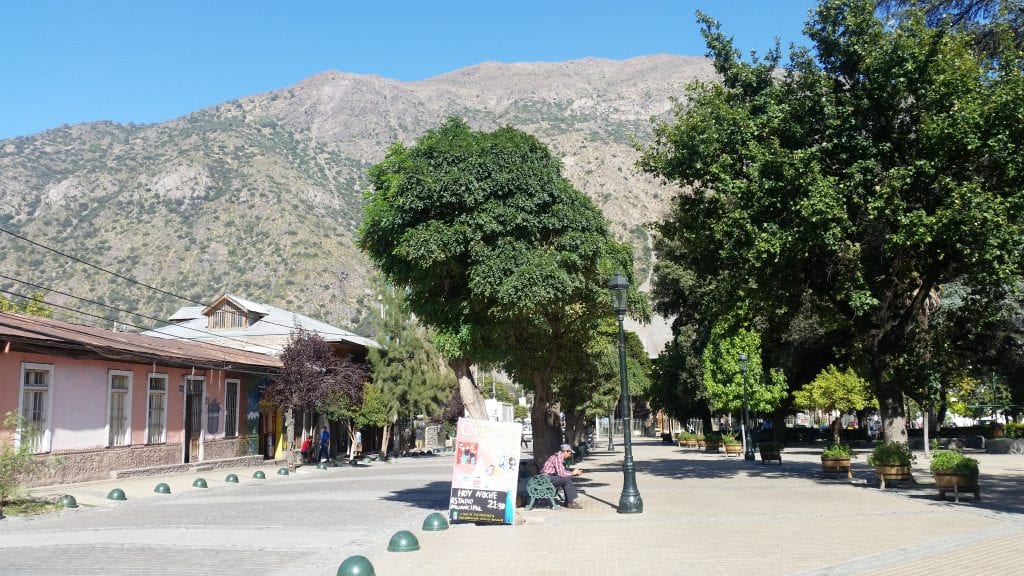
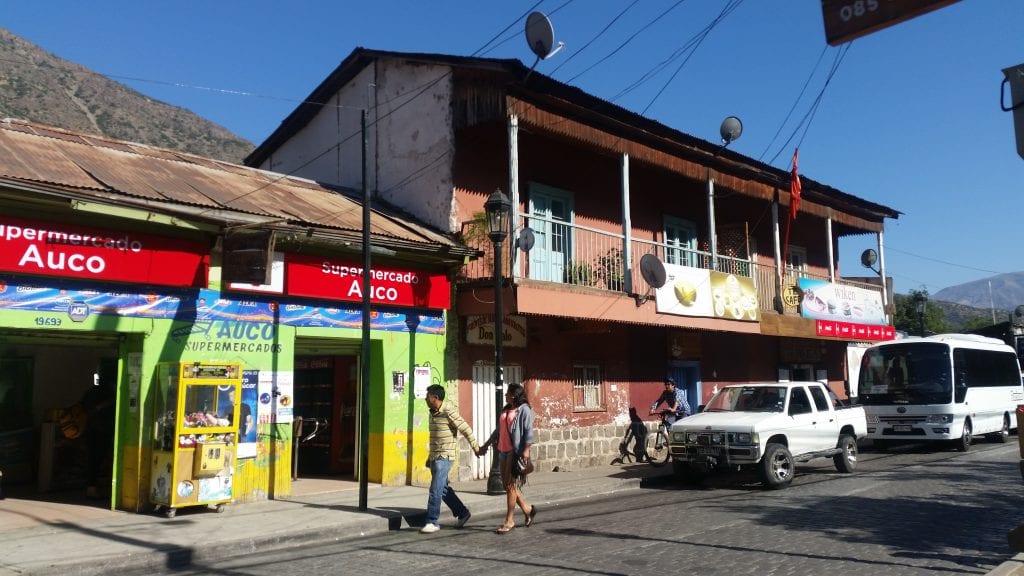
We also stopped off at a lovely roadside restaurant to have lunch on the way along the Andes. Again the friendliness and hospitality of the Chilean people came to the fore and the quality of the food was actually very good.
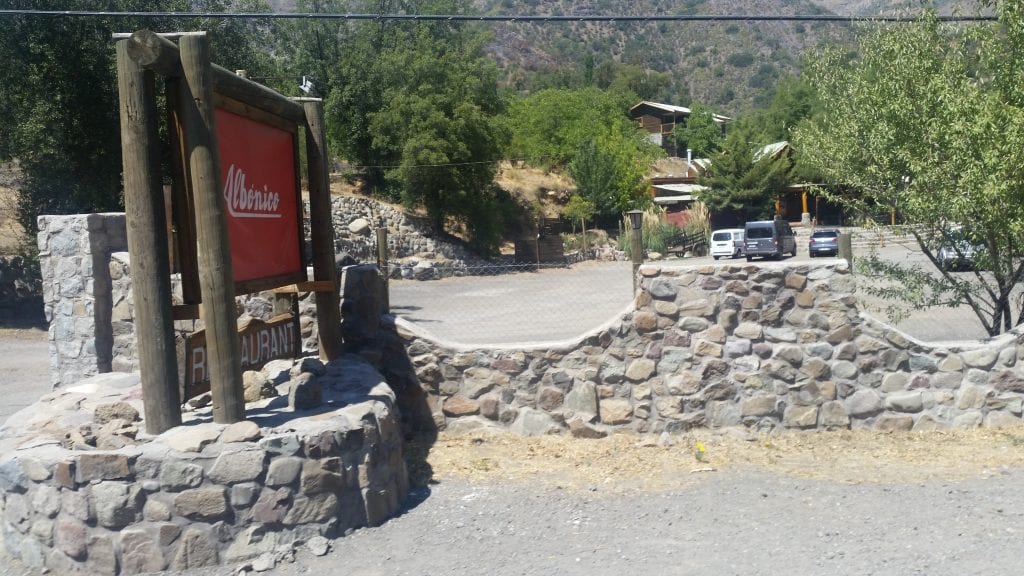
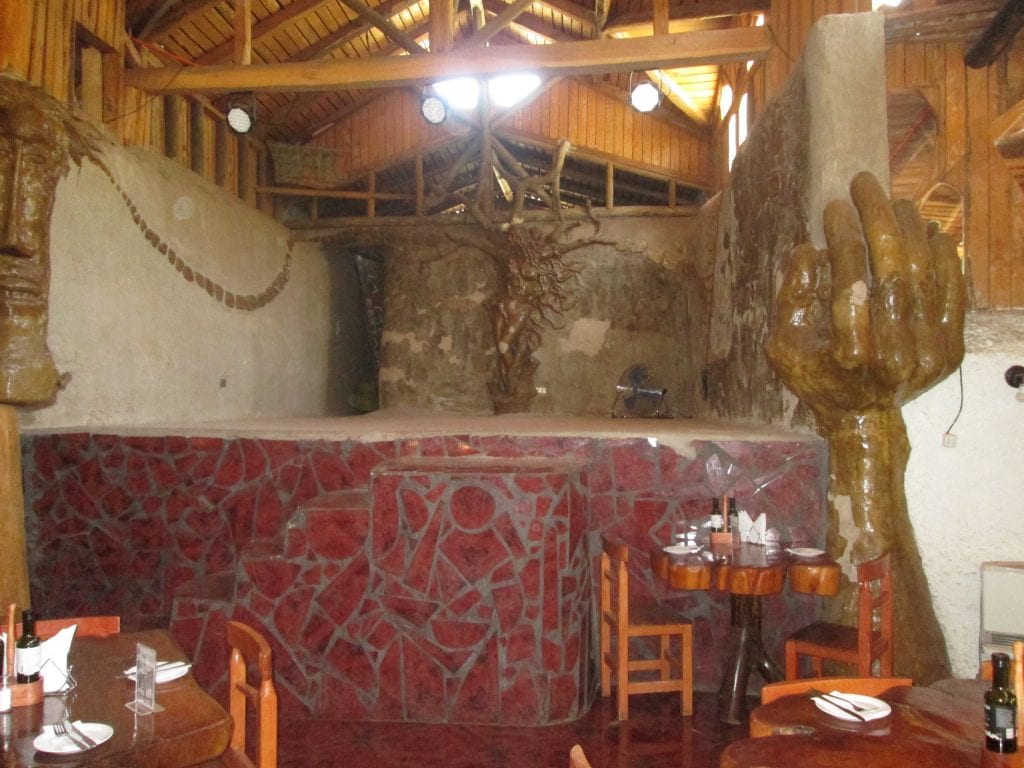
Las cáscaras (or Campamento Minero)
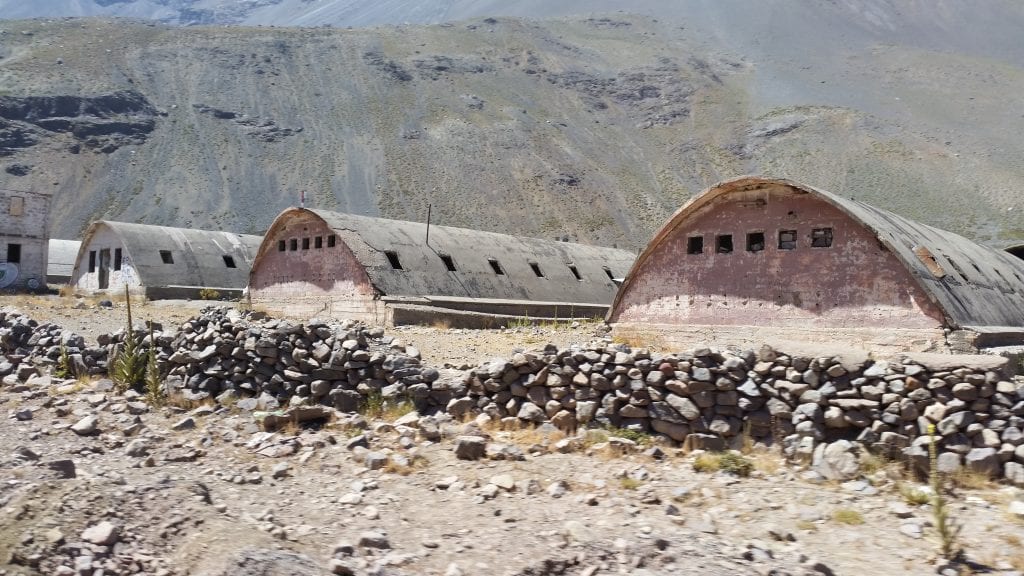
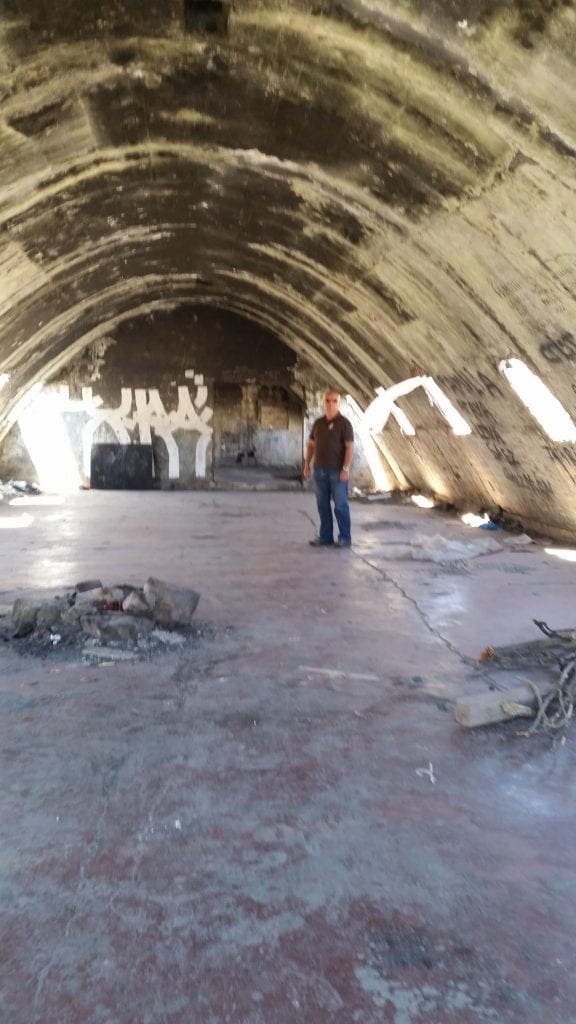
The English translation of the Spanish las cáscaras is ‘shells’. This place again was on the way to Embalse del Yeso and is an abandoned mining camp built up within the Andes mountains Chile so that workers could withstand the harsh climatic conditions in the area.
You really had to watch your footing at this place as the ground was covered in rocks of all sizes which gave way under your feet as you walked. As we explored this old mining camp, James slipped and injured his ankle which gave him a significant bruise and he was in a bit of pain over the next couple of days.
The photo on the right is a shot of James as we were having a look inside the old miners camp buildings. Photo: Nicole Anderson.
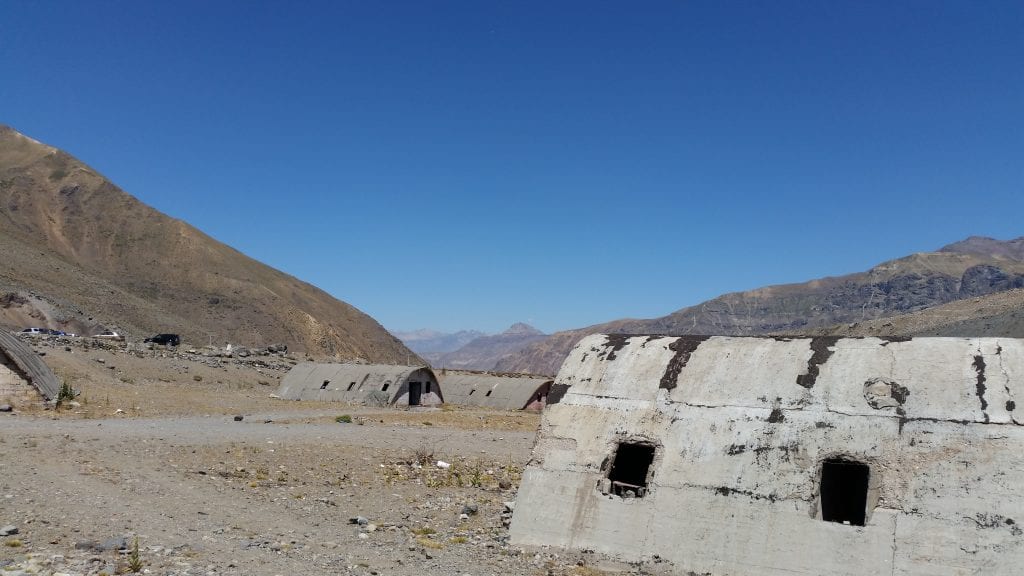
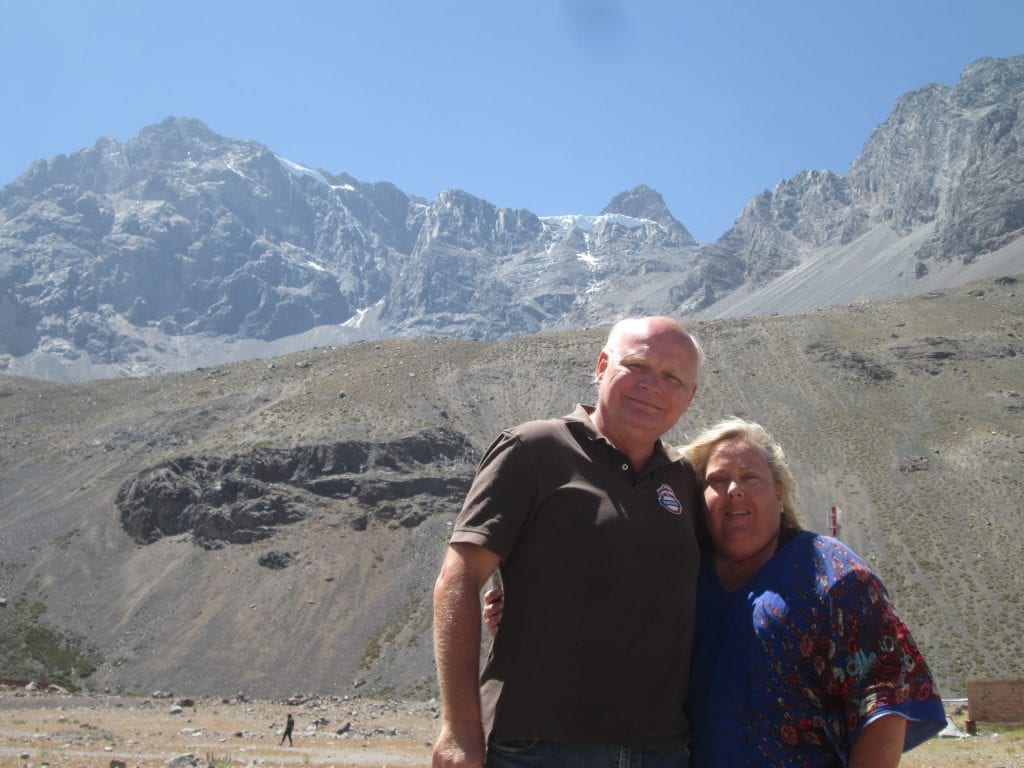
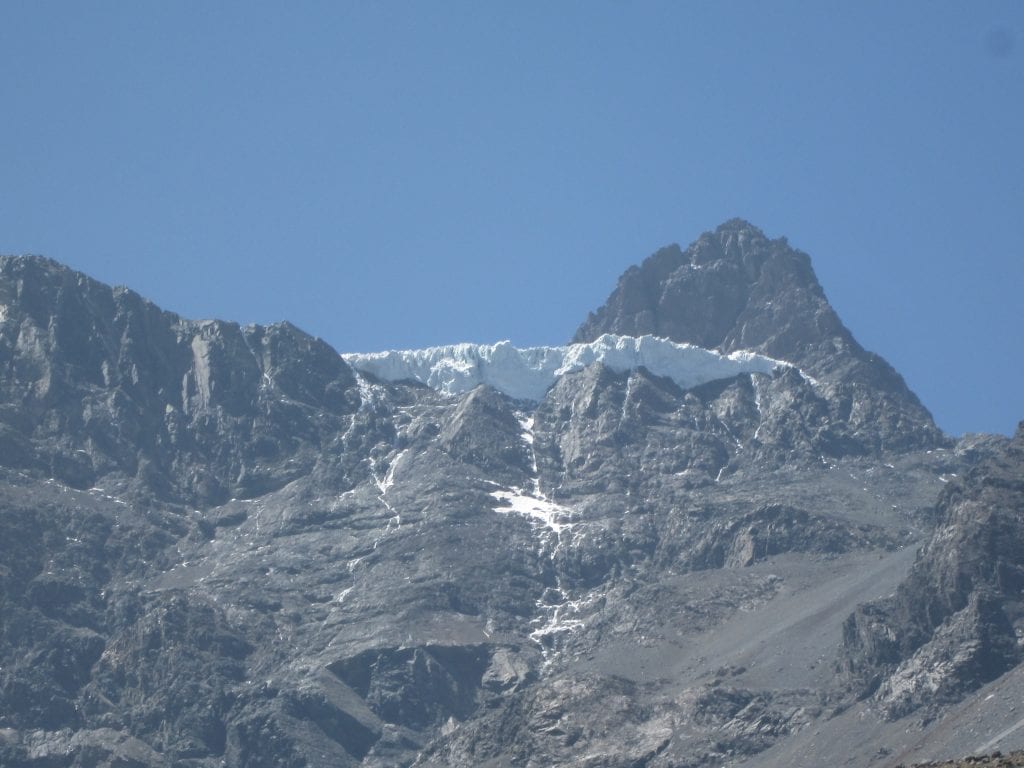
It was hard to imagine how life was like here for the miners. Bitterly cold in winter and so isolated if anything went wrong. However today, it certainly made for some interesting photos at this location.
Embalse del Yeso
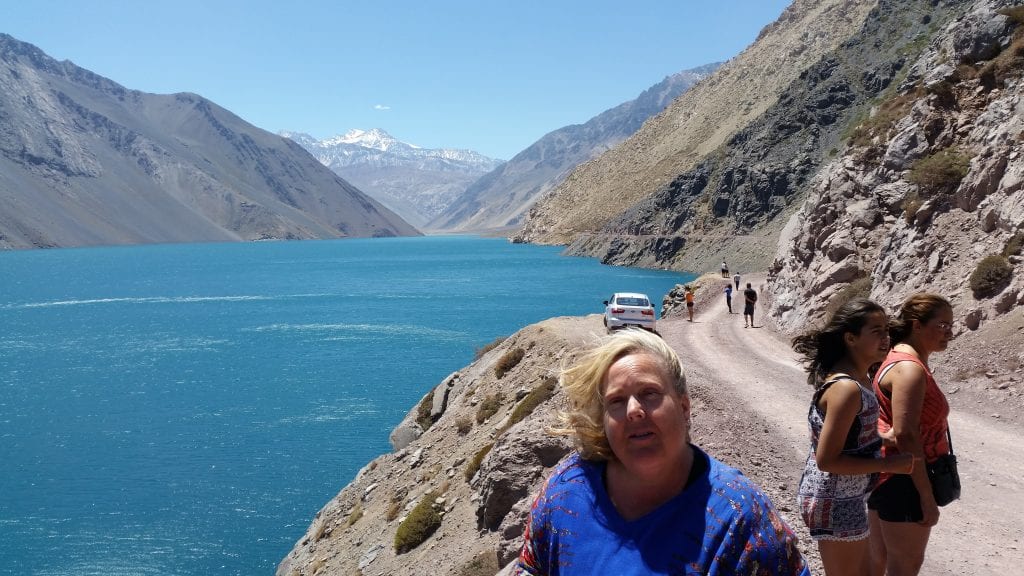
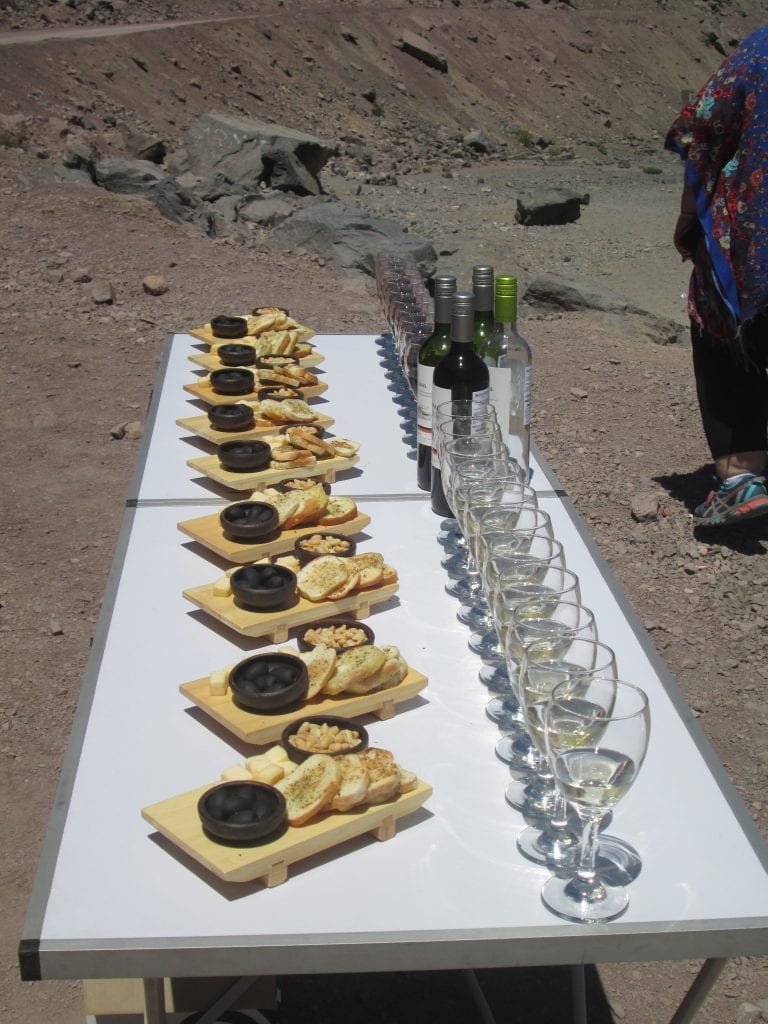
This natural attraction was certainly worth the trip. The water surface elevation of 2,568 meters (8,425 feet), surrounded by the majestic Andes mountains with their snowy peaks and glaciers beautifully contrasted with the deep blue body of water that makes up the reservoir.
I really don’t know if the pictures taken could possibly do it justice but we did our best to capture such an amazing place.
Hiking along the perimeter dividing the water’s edge with the mountain faces was a wonderful experience. Completed in 1964, the reservoir’s capacity is 250,000,000 m3 and together with the breeze present at the time, made it a perfect day.
Even more so when we enjoyed some wine with cheese and fruit platters that were brought along and set up on tables by a stunning view. No one in our group could fail to be impressed with this place.
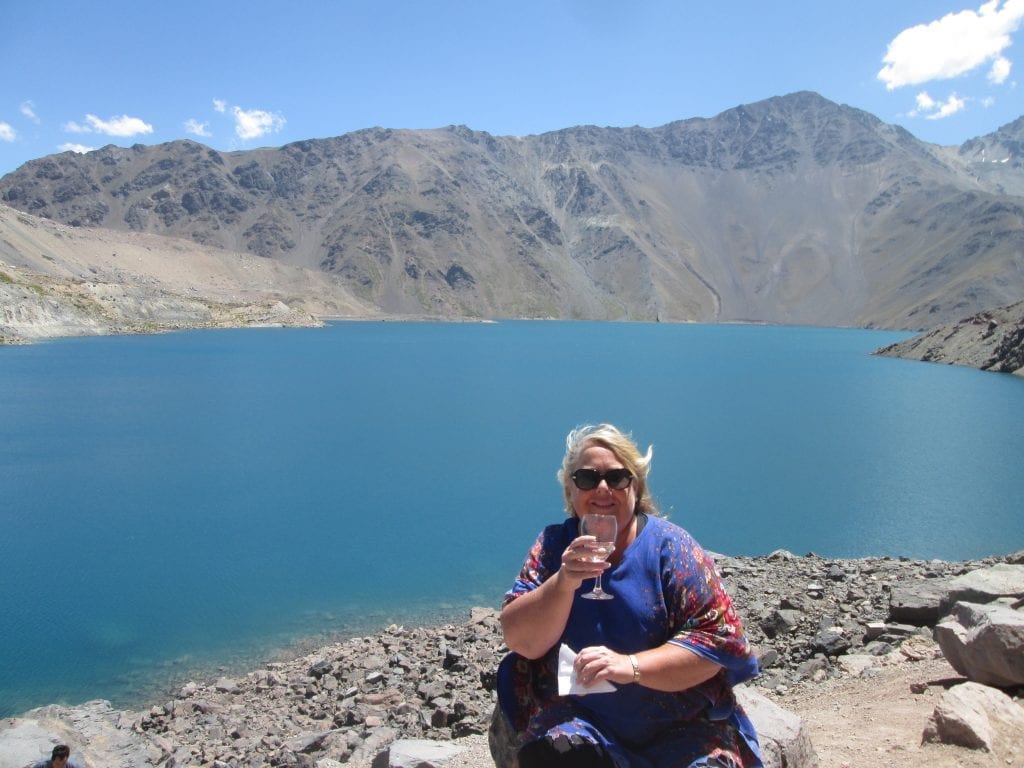
And as if that experience wasn’t enough, have a look at a couple more of the shots we took of the sites that greeted us as we eventually started on our way back to Santiago…
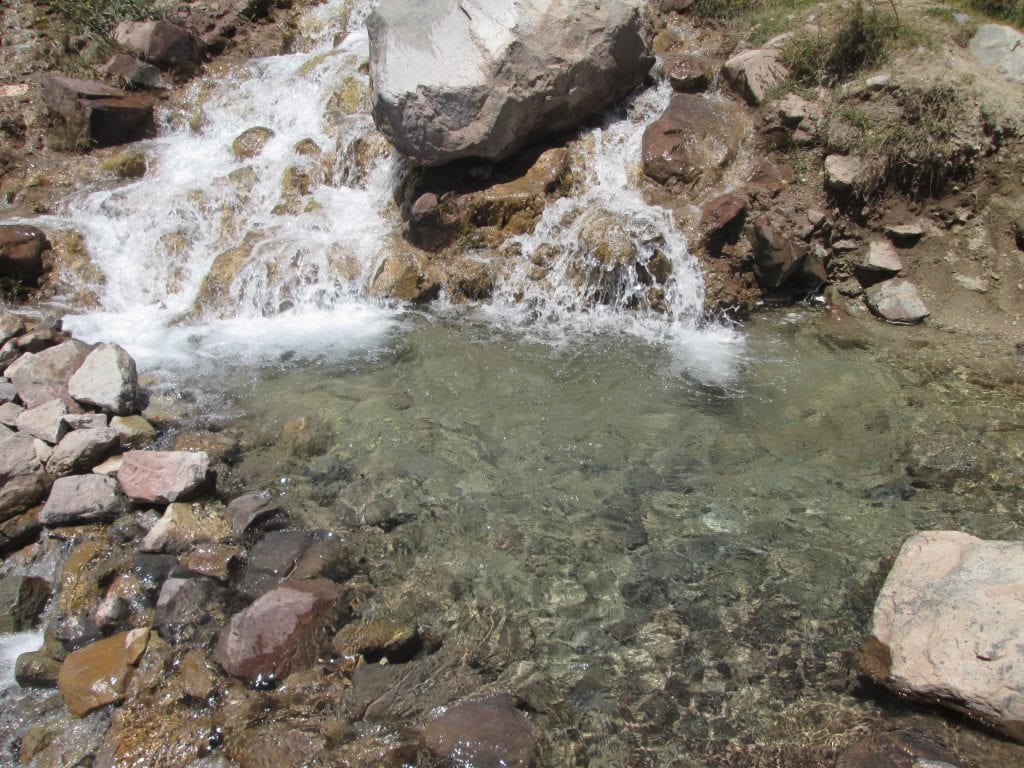
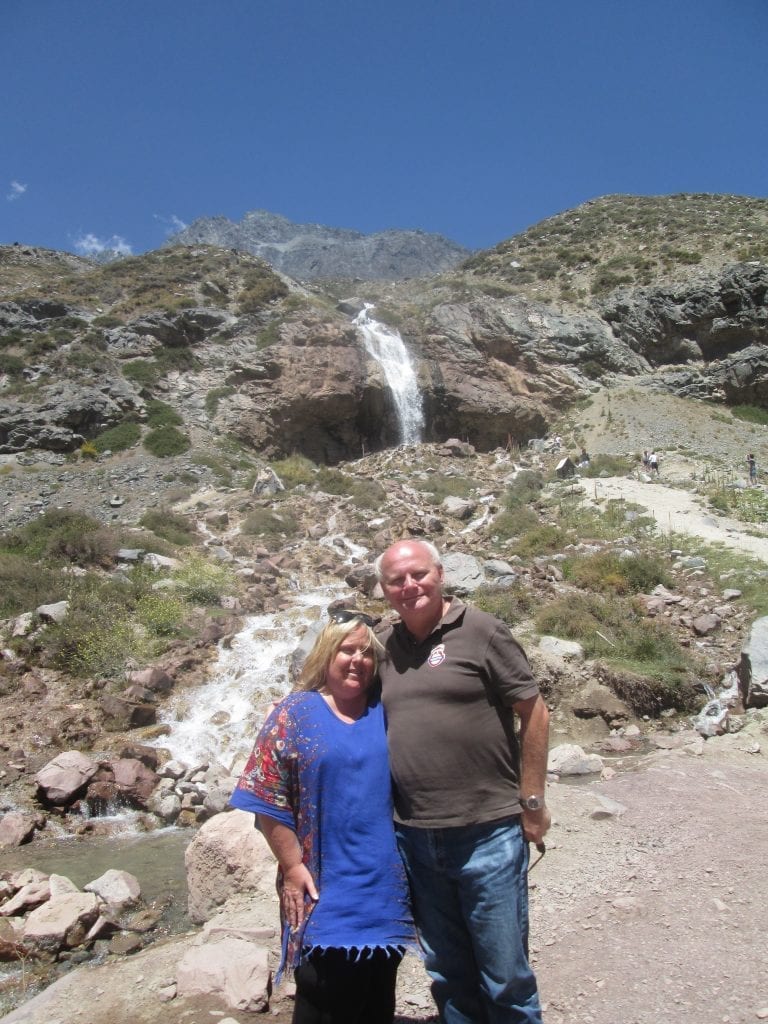
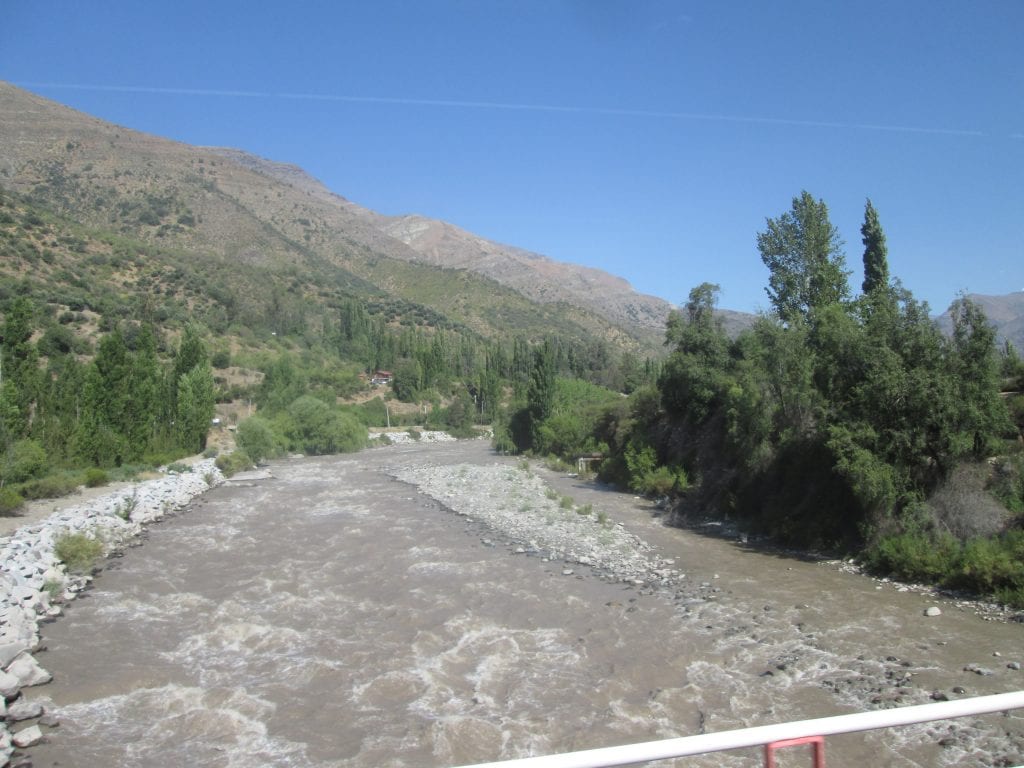
I was so pleased to have finally ticked off a place on my list that I had always wondered about, going back to my days of geography at school. Given the sheer size and stretch of the Andes mountains across multiple countries in South America, will I return to see these mountains in some other country? Who knows?
For now, I just know that I am happy to have seen and shared an experience I found so worthwhile. If you haven’t already done so, perhaps the Andes mountains will be something you will also want to experience one day. If so I hope reading this will have played a small part in encouraging your own journey to this magnificent range.
This article is part of the Natural Beauty Travel Series, authored by travel writer Nicole Anderson.
Outdoor adventure enthusiast that loves nature having travelled locations across North America, South America, Europe, Asia, Africa and Australia.
Passionate Travel Writer, Blogger and Influencer.














Leave a Reply